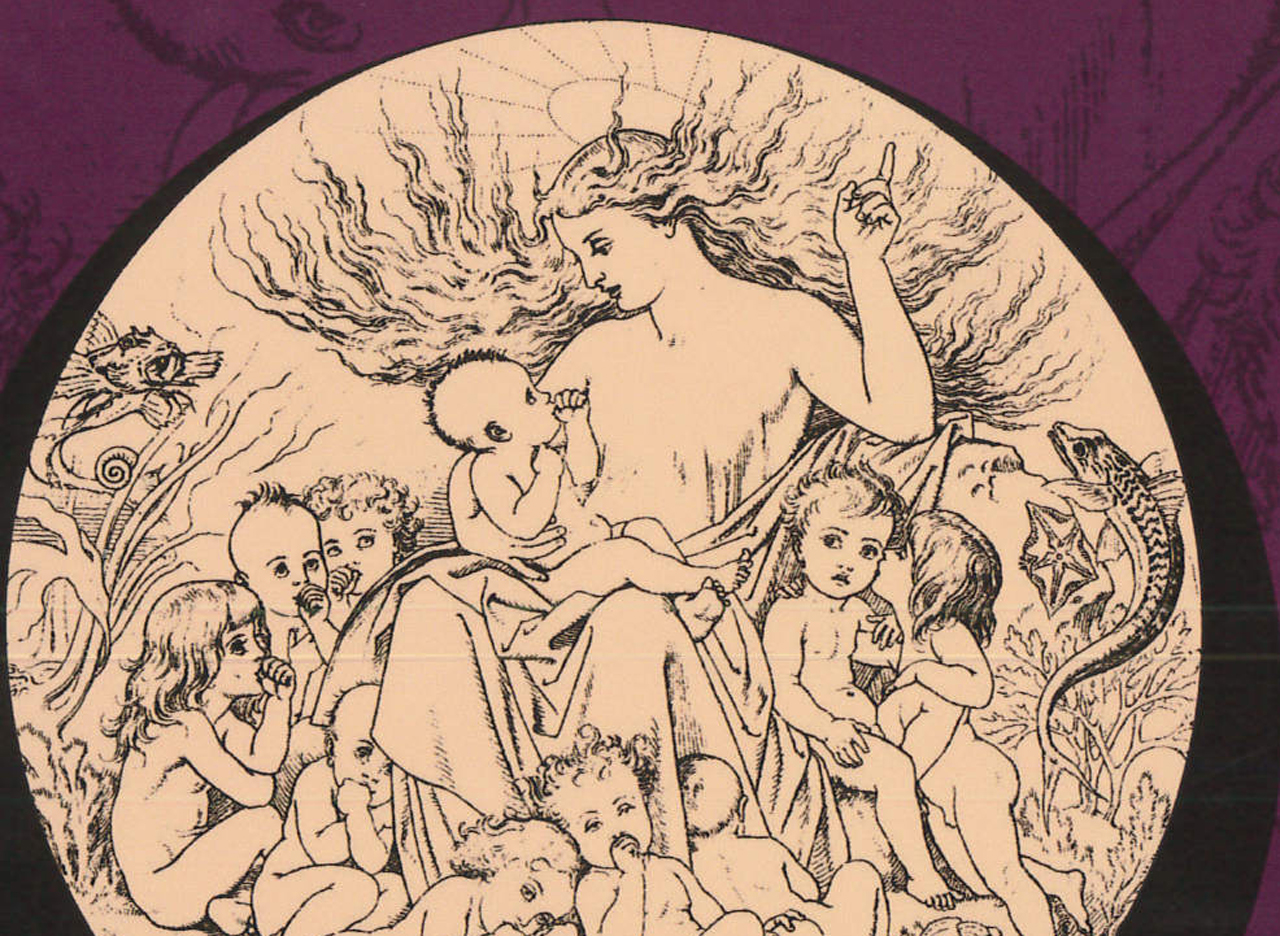Don’t ask Karen Coats about evil stepmothers.
The Illinois State University Professor of English analyzes the psychology behind mothers appearing in children’s and young adult literature. She has worked extensively on the subject, including co-editing the new book Mothers in Children’s and Young Adult Literature: From the Eighteenth Century to Postfeminism.
 The book includes a series of essays from scholars, and not one mention of evil stepmothers. “This is not a book about saintly mothers or wicked stepmothers,” said Coats. “Those stereotypes are considered low-hanging fruit that has been well plundered—so low they may as well be potatoes.”
The book includes a series of essays from scholars, and not one mention of evil stepmothers. “This is not a book about saintly mothers or wicked stepmothers,” said Coats. “Those stereotypes are considered low-hanging fruit that has been well plundered—so low they may as well be potatoes.”
Instead, Mothers in Children’s and Young Adult Literature goes beyond representations of mothers, and explores why the figure carries such an immense impact. “There’s really a disproportionate burden on mothers,” said Coats, who noted most stories involve the death of a mother or mother figure. “I tend to say that young adult literature is littered with the corpses of dead mothers.”
Coats views the loss of mothers in literature from a psychoanalytical perspective—meaning it is necessary to free the main character from the confines of childhood. “The standard line is that you have to get rid of the mother somehow, so that the child can have some independence,” she said. “In real life, most children go to their moms with problems. So to have the loss of dependency, young characters usually deal with the loss of a mother.”
In Western literature, that loss is almost always due to a tragedy, which reinforces the idea that the mother left unwillingly. “You have to get rid of her in such a way that it wasn’t her fault,” Coats said. “It’s much easier for the character, and the reader, to bear if there is a forced separation.” She paused before adding, “That also beats the feeling that the mom just had better things to do.”
Of course envisioning women solely through the eyes of motherhood can create a caricature that feminist scholars have long battled. According to Coats, theoretical tensions between feminist scholars and psychoanalytical scholars have led to a neglect of mothers in the study of literature.
Coats wants scholars to look past mothers “as functionaries, or better off dead.”
“The two theoretical camps can have a really fraught relationship,” said Coats, who co-edited the new book with Lisa Rowe Fraustino of East Connecticut State University. “Lisa is not only a feminist scholar, but a young-adult author. So we do approach literature from two different perspectives.”
Coats and Fraustino decided to collaborate on Mothers in Children’s and Young Adult Literature in the hopes of finding a new path for the scholarship of mothers in literature. Together, they worked to choose essays that highlighted multiple theoretical approaches. “We want to find different ways of considering a mother’s influence and importance in literature,” said Coats.
Chapters of the book examine a variety of topics, including the portrayals of motherhood in children’s nonfiction books about animals, the nature of forgiveness for fictional mothers who sent children on the Kindertransport during the Holocaust, the “mom-shaped hole” of children adopting adult roles, and the ethical dilemmas mother figures face in caring for children.
Illinois State Associate Professor of English Mary Jeanette Moran contributed a chapter to the book. “It’s challenging to talk about motherhood,” said Moran. “The caring element of motherhood is at once a source of great power, pride, and joy for women, and a topic that draws criticism of women from just about every ideological perspective.”
In her chapter titled “‘The Mother Was the Mother, Even When She Wasn’t’: Maternal Care Ethics and Children’s Fantasy,” Moran examines the complex approach to motherhood through the characters of Meg Murry in Madeleine L’Engle’s A Swiftly Tilting Planet and Marisa Coulter in Philip Pullman’s His Dark Materials series. Coulter’s character appears to have a dramatic shift from villain to protective mother that has drawn the ire of scholars. “Coulter’s conflicted brand of motherhood indicates how important it is that we consider the abilities and responsibilities of mothers within their particular social and political contexts,” noted Moran.
For Mothers in Children’s and Young Adult Literature, Coats contributed a chapter, co-authored with Lauren Causey, that calls for scholars to use a non-traditional approach when analyzing works that focus on children of color. “In what might be called white culture, the individual is considered the hub of a wheel, and all these cultural influences run like spokes from the hub, but the individual remains the focus,” said Coats, who juxtaposes this idea to stories that focus on children of color as the protagonist. “Often, there is an intergenerational cooperation, so that is not just about the single person. You’ll hear from mothers, grandmothers, and other elders who are respected. There is much more about a communal approach to life.”
Scholars need to expand their analytical frameworks beyond those that focus on the individualistic values of white culture, Coats insisted. “An intergenerational approach is not simply about a single person, and requires a different theoretical model. They have to shift from a traditional literary theory to one that is adequate to understanding communitarian ideology.”
Coats hopes the book will elevate the way scholars see mothers in literature. “We want them to really pay close, theoretical attention to mothers, rather than just the dismissive or reductive ways of looking at mothers as functionaries, or better off dead,” she said.



